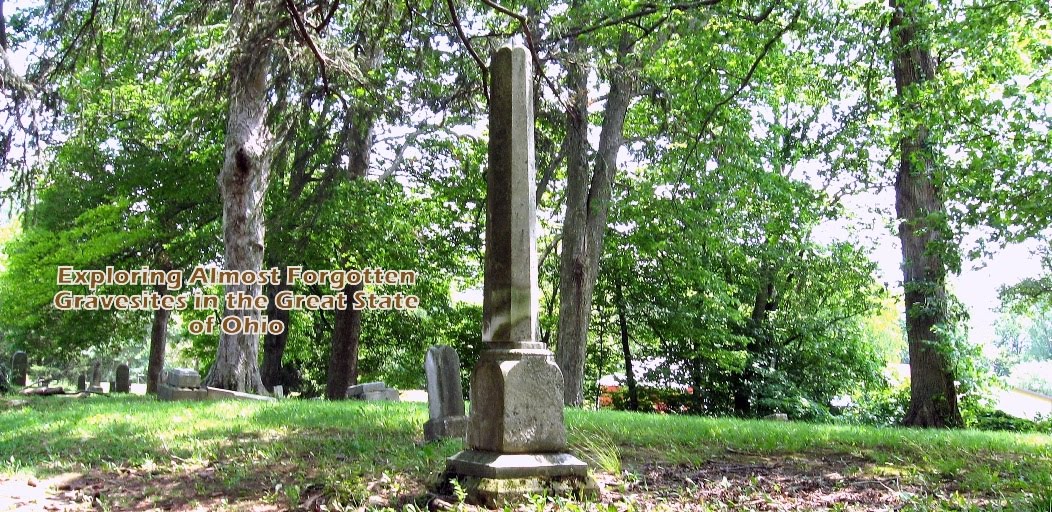Let me preface this post by stating that my hard copy of "Preserving Gravemarkers in Historic Cemeteries", Brief #48 a 20-page publication by the National Park Service, arrived in my mail this past Saturday.
I can attest that it is definitely well worth the small investment amount to purchase it -- $6.00! Free shipping from the U. S. Government Book Store!
This expertly researched and presented publication is available online in PDF version, which is also great to save and access at any time. However, if you are anything like me (who is "old school"!) having an actual publication in book or booklet form, printed on good stock paper, is a thing of joy to hold for serious reading or even paging through for casual browsing.
So, I can recommend this great publication as a helpful addition for anyone's home library collection on the subject of gravestone conservation and cemetery preservation. The booklet offers a great start for learning more on this subject, or perhaps answering some lingering questions about it.
You won't find a better value for your money on the subject of preserving gravemarkers from any source!
The NPS (National Park Service) and NCPTT (National Center for Preservation Technology and Training) know this subject well!
NCPTT hold hands-on training sessions for gravestone conservation and cemetery preservation. Many who have attended these hands-on workshops have become professionals with this work and earned great respect in their field if they keep to the principles they were taught.
~*~*~*~*~*~*~*~*~
~*~*~*~*~*~*~*~*~
"Cemeteries found across the country are not only places of burial, but they also provide a vivid record of community history.
Whether large or small, well maintained or neglected, historic cemeteries are an important part of our cultural landscape. The vast richness of expression through form, decoration and materials informs our understanding of the individuals buried in historic cemeteries and their cultural significance.
While cemeteries are often considered to be perpetual, their most prominent feature—the grave markers—are not. They weather, naturally decay, often are poorly maintained and repaired and, on occasion, are vandalized.
Grave markers are usually noteworthy not only for their inscriptions but also for their craftsmanship.
Exceptional markers are considered works of art.
This Preservation Brief focuses on a single aspect of historic cemetery preservation—providing guidance for owners, property managers, administrators, in-house maintenance staff, volunteers, and others who are responsible for or are interested in preserving and protecting grave markers. Besides describing grave marker materials and the risk factors that contribute to their decay, the Brief provides guidance for assessing their conditions and discusses maintenance programs and various preservation treatments."
Beautiful, full color images.
Audience:
"This brief would be helpful for community historians, history professors and students studying cemetery construction, preservation, and the concept of memorialization throughout history, Archaeologists and Anthropologists studying methods of burial, memorialization, and grave marker construction, Masons and stoneworkers engaged in constructing grave markers (specifically historically-influenced markers), and any member of the general public interested in learning how to preserve historic cemeteries and their value to the history of a community."
